Good News! 5 Positive Environmental Stories from November 2024

Get news, updates, & event Info delivered right to your inbox:
5 Positive Environmental News Stories from November that Will Make You Smile
The start of the holiday season is upon us! For many of us, we are taking time to prepare our favorite Thanksgiving dishes and travel to see loved ones. As we all come together to give thanks, let’s not forget to show gratitude for the great work happening every day to save our planet—all year long!
Communities around the world, big and small, are on the ground doing vital work to help restore our shared home. As the holiday season gears up, let's celebrate some positive environmental news that happened in November!
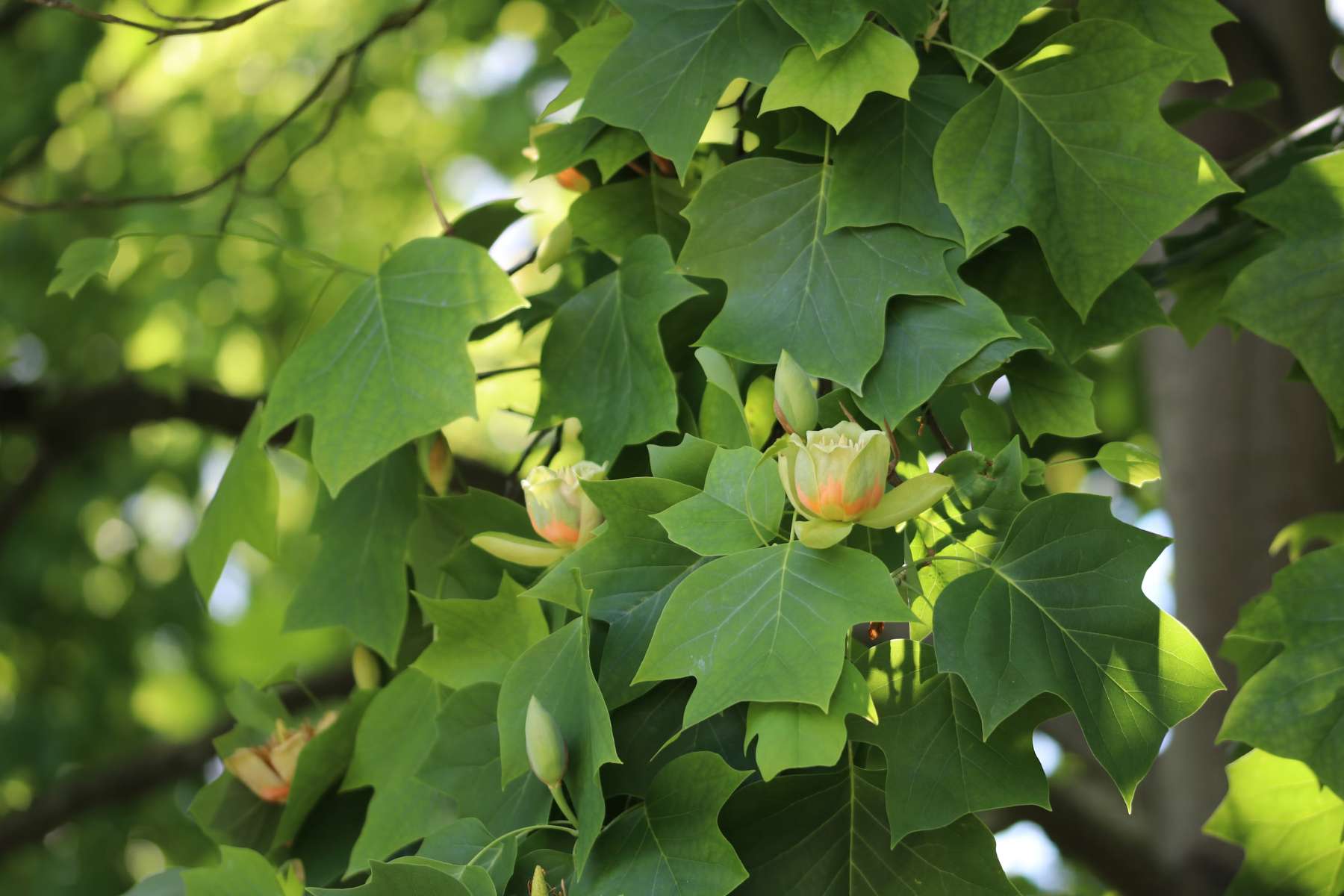
1. TULIP TREES SEQUESTER MORE CARBON THAN OTHER TREES
For years, scientists have classified trees with two distinctions: hardwood and softwood. Hardwood comes from deciduous trees like oak, maple, and cherry trees. Softwoods come from more traditionally wintery trees – also known as coniferous species like pine, spruce, and fir.
Scientists have discovered a new category of trees that come with characteristics of both softwood and hardwood trees—aptly called midwood. Recently, scientists analyzed tulip trees and discovered the shared qualities of both hardwood and softwood, creating a unique combination that makes it easier for the tree to capture and store carbon.
Tulip trees also capture more carbon than other trees because of their fast growth rate, reaching impressive heights of over 100 feet tall. This discovery showcases just how unique tulip trees really are and the impact they bring to the climate fight.
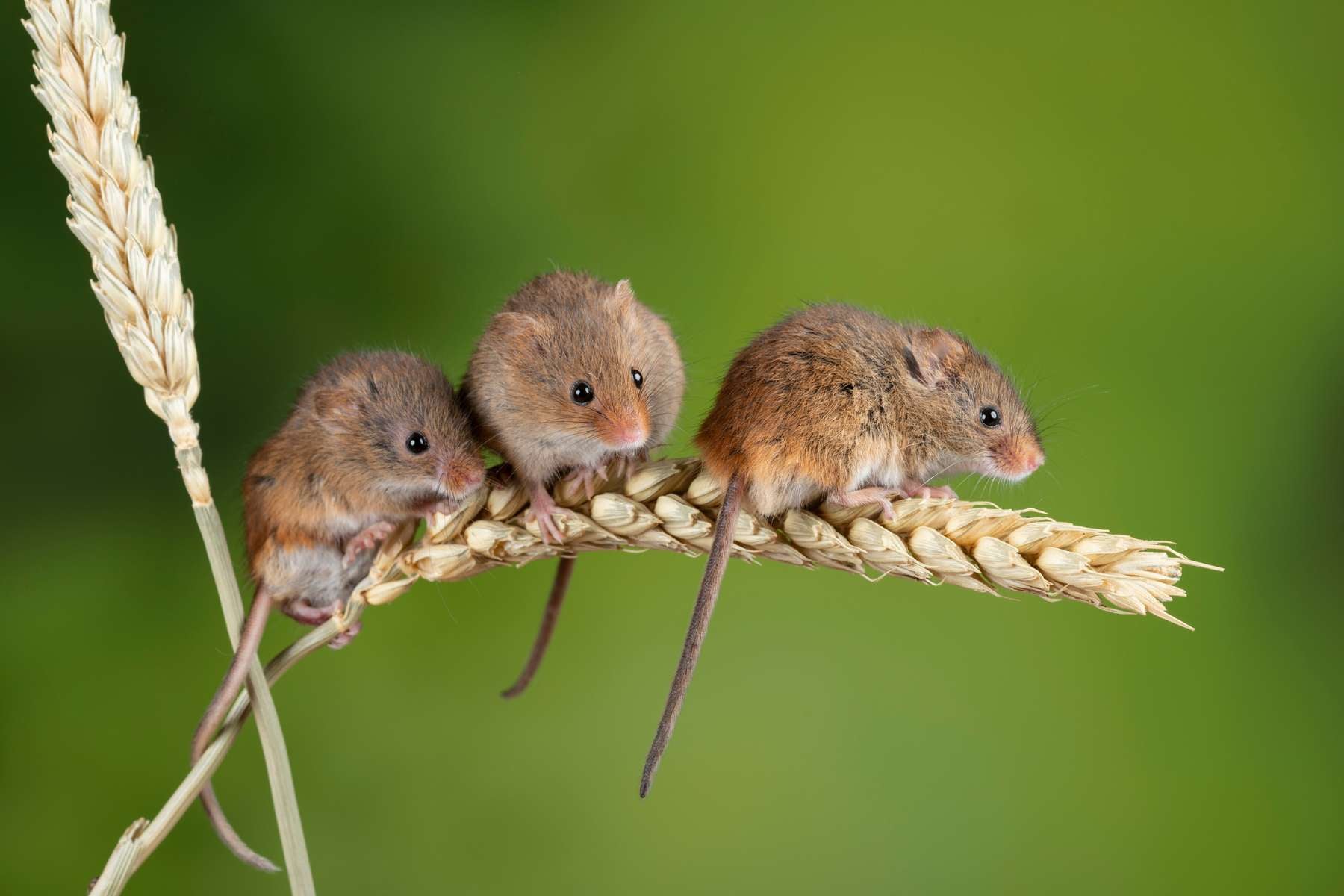
2. WIMBLEDON DONATES TENNIS BALLS TO HELP PROVIDE HOMES FOR MICE
Wimbledon is bringing new meaning to reduce, reuse, and recycle. The world’s most renowned tennis tournament set its sights on helping nature this month, giving back to our planet in a rather unique way.
Every year, Wimbledon goes through over 50,000 tennis balls throughout the course of the tournament. While many of these balls are sold to spectators, others are donated to conservation groups to provide homes for field mice. Conservationists have found that used tennis balls make great homes for the little creatures.
By creating a small hole and mounting it on a short pole, the former tennis ball becomes a haven for mice that protects them from predators and keeps them dry. Because field habitats are rapidly disappearing, these tennis balls are making a crucial contribution to biodiversity, protecting mice and ecosystems alike.
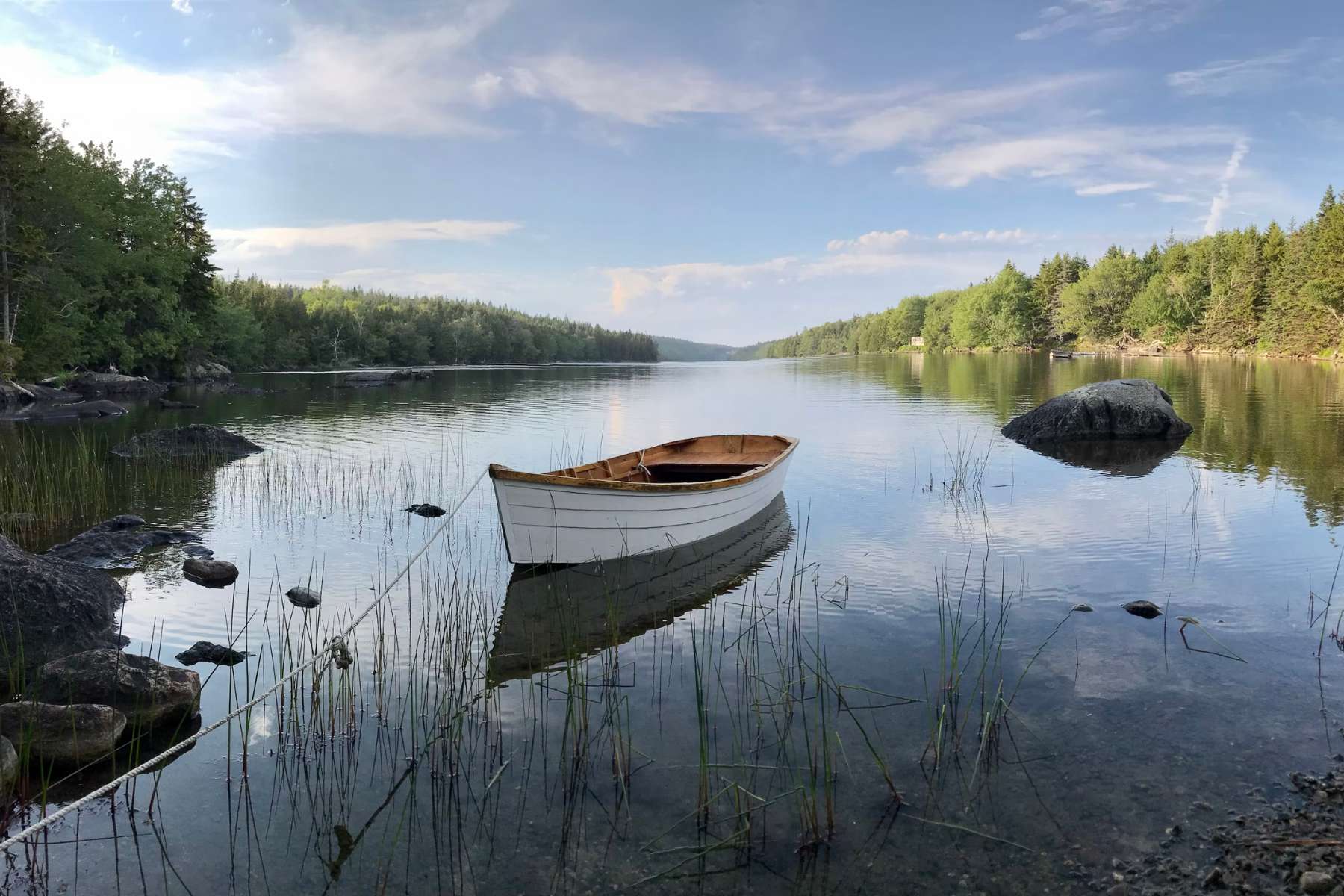
3. LAND RETURNED TO THE PENOBSCOT TRIBE IN MAINE
The Penobscot tribe in Maine was the recipient of the largest return of unrestricted land in American history. This return will allow the Indigenous tribe to maintain the land according to cultural practices while fostering conservation.
It’s no secret that many Indigenous people are at the forefront of the climate fight. Indigenous-maintained land around the world tends to be more biodiverse than other land thanks to their careful stewardship—guided by deep knowledge and understanding of the land. Many experts hope this transfer of land could be the starting point of land returns in the United States, allowing conservation and Indigenous sovereignty to work together to protect and restore the land.
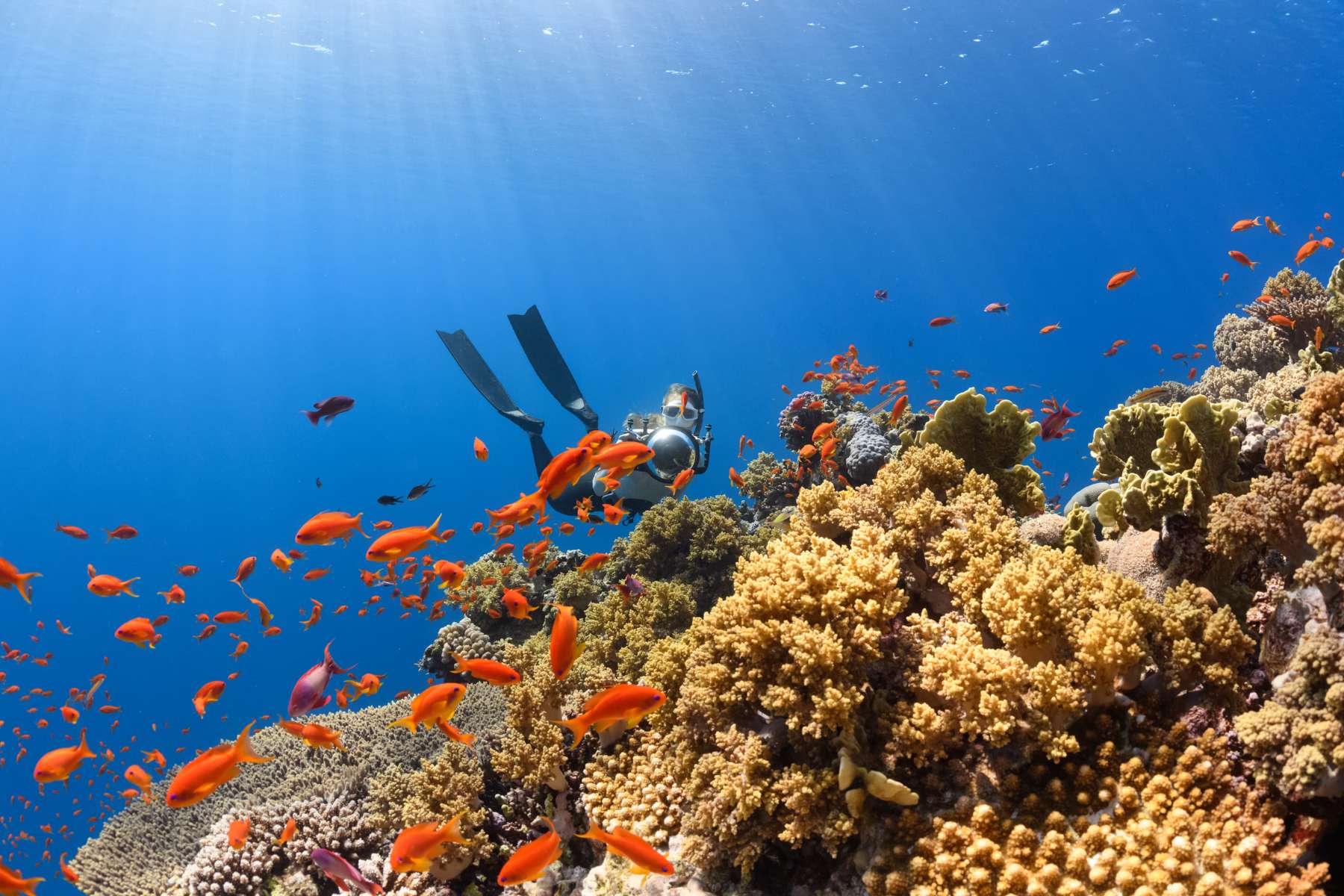
4. SCIENTISTS DISCOVER THE WORLD’S LARGEST CORAL COLONY
Off the coast of Solomon’s Island, what was once thought to be a giant shipwreck turned out to be the world’s largest coral colony in the Pacific Ocean. The entirety of the colony measures out to be 112 by 105 feet, making it larger than Earth’s biggest animal–the blue whale. In fact, this colony is so large that it can even be seen from space, but somehow remained unviewed all these years.
The researchers who discovered the coral highlight its good health but stress the numerous threats facing coral reefs all over the world. Many hope this discovery will spark additional marine protections off Solomon’s Island to protect these critical ecosystems.
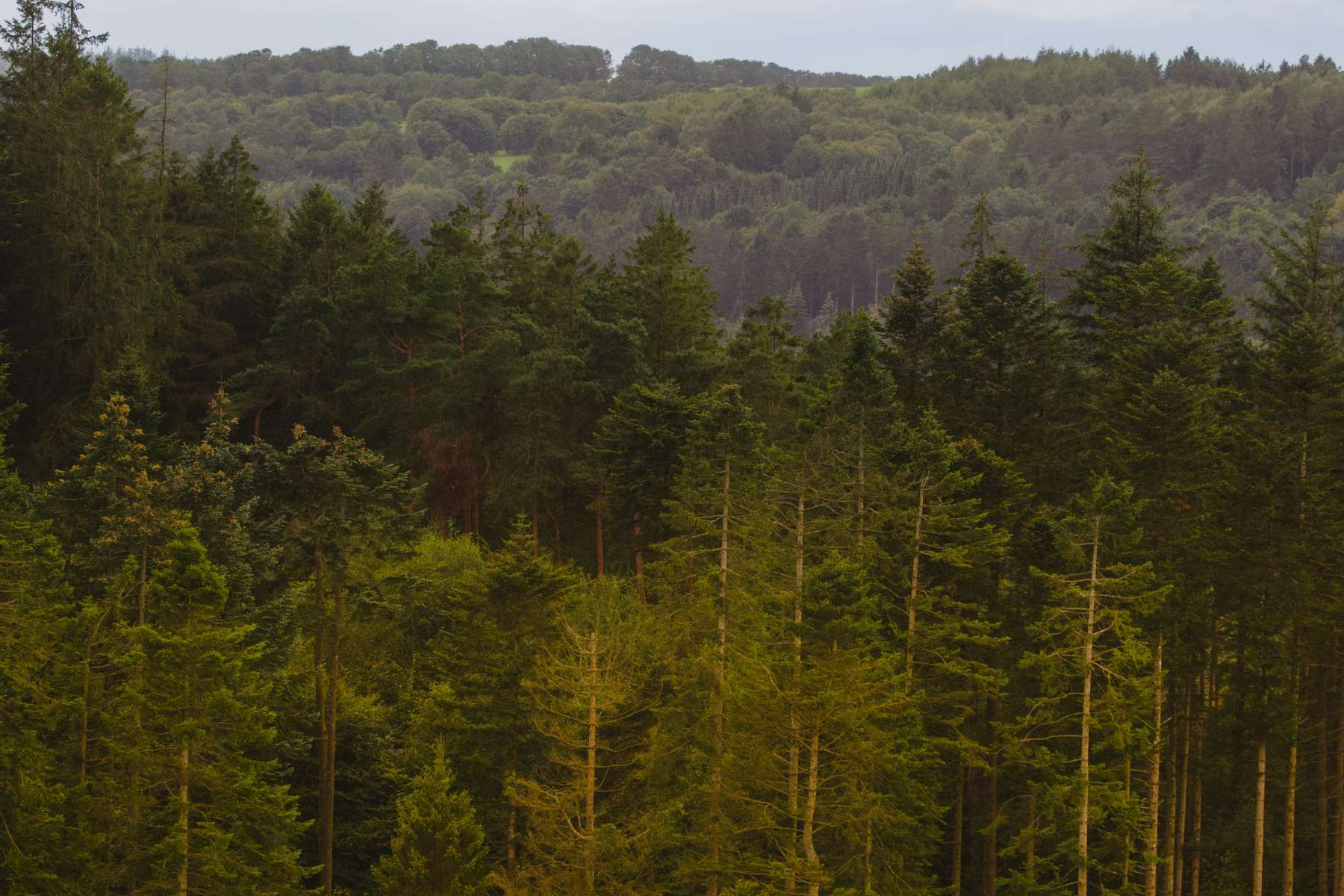
5. DENMARK IS RESTORING FARMLANDS TO FORESTS
Denmark is known for only having 15% of its land covered by forests. Now, Danish lawmakers are working to increase that number through a large-scale reforestation initiative to turn farmlands into forests and wetlands.
Over the next two decades, a billion trees will be planted across 10% of the country’s farmland to convert the land into natural habitats and ecosystems. From forests to wetlands, these ecosystems will promote biodiversity. In fact, the Danish government has called this “the biggest change to the Danish landscape in over 100 years.”
We hope you enjoyed reading November’s good news stories as much as we enjoyed featuring them! Remember, there’s good in the world if you know where to look for it. And if you want to create your own good news, you can help the environment by planting trees!
Get news, updates, & event Info delivered right to your inbox:
Related Posts
Real vs. Fake Christmas Trees: Which is Better For the Environment?
20/11/2025 by Meaghan Weeden
8 Reasons to be Grateful for Trees This Thanksgiving
18/11/2025 by Meaghan Weeden
The Ultimate Guide to Sustainable Holiday Gifting
13/11/2025 by Meaghan Weeden
Popular On One Tree Planted
What Causes Deforestation?
10/07/2025 by Meaghan Weeden
8 Amazing Bamboo Facts
14/01/2025 by Meaghan Weeden
Inspirational Quotes About Trees
09/01/2025 by Meaghan Weeden
Fundraising Disclosures

Be Part of the
Restoration Movement
The Grove is more than just a monthly giving program: it's a vibrant community of individuals who are dedicated to reforestation and environmental restoration on a global scale.
As a member of The Grove, you affirm your commitment to restoring forests, nurturing biodiversity, and fostering positive global change.





